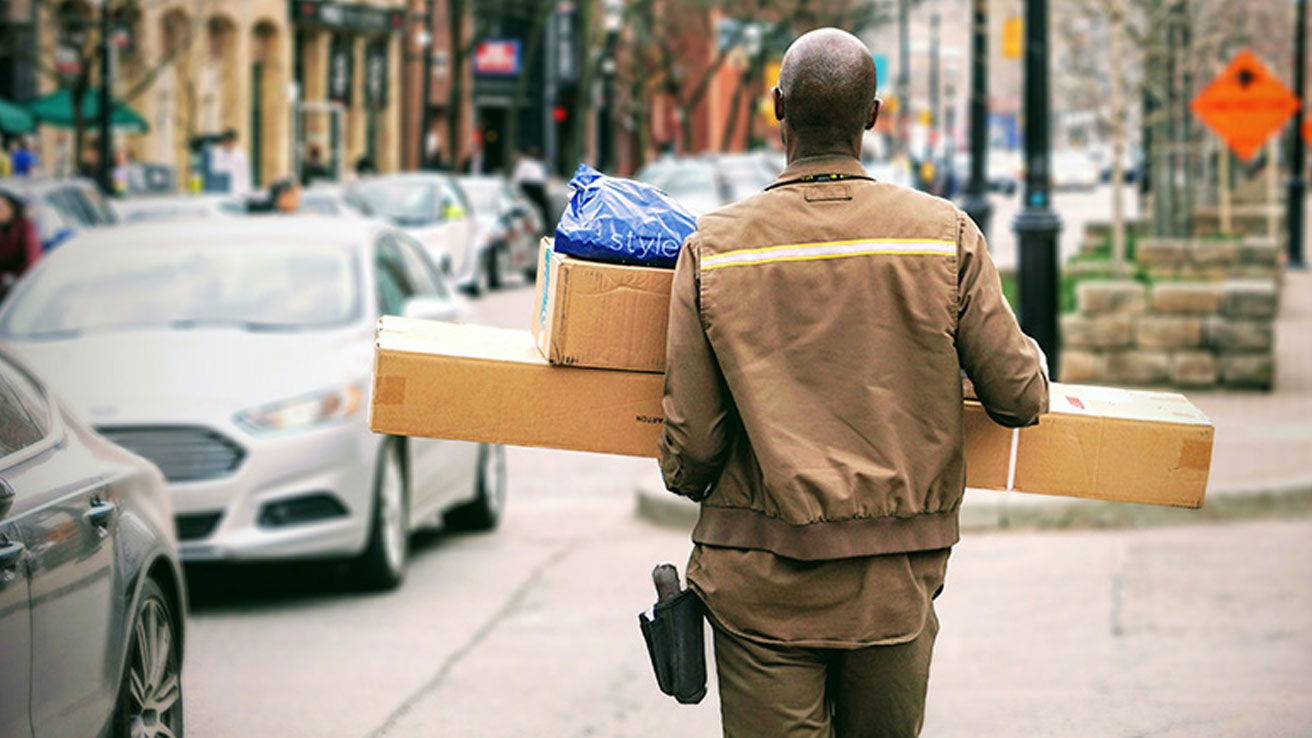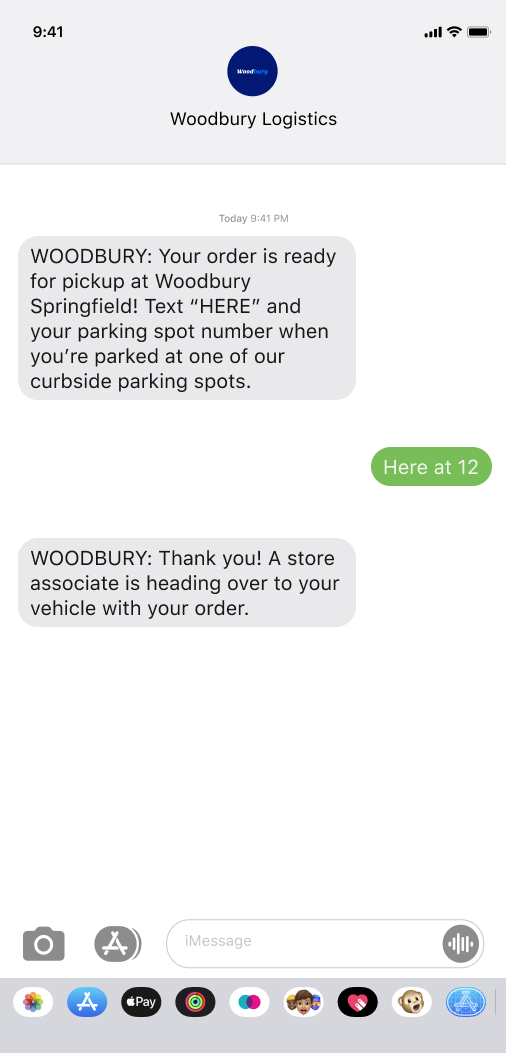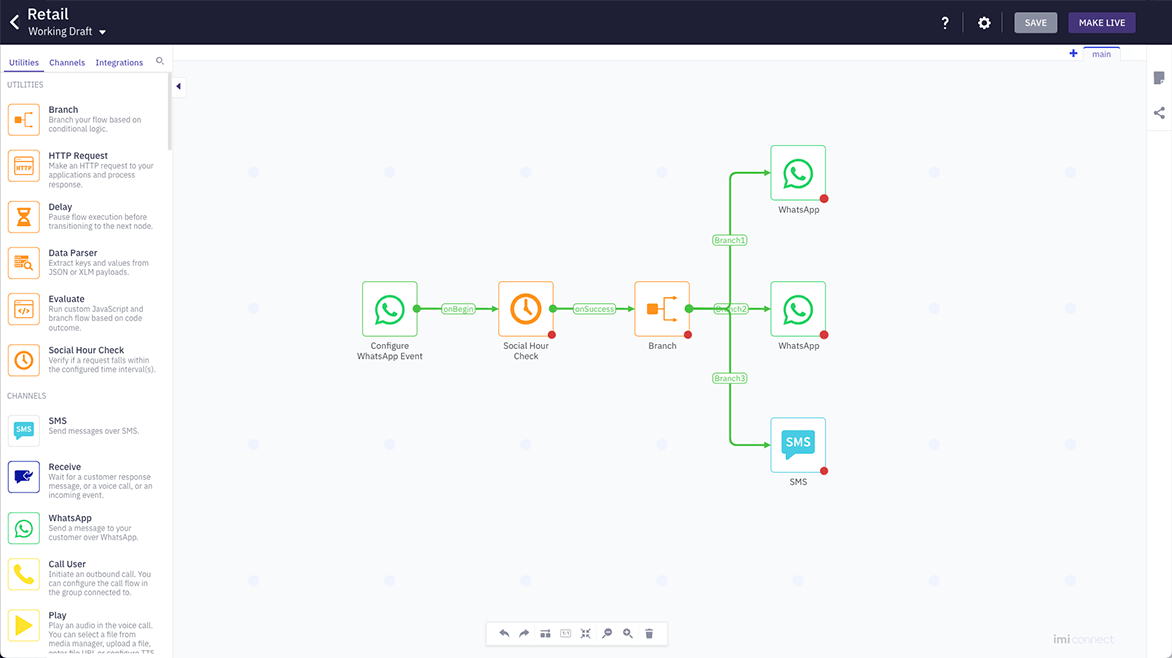Logistics: Last-mile delivery challenges and five ways to solve them
Last-mile delivery is the last touchpoint between a brand and a customer. It is the last leg of a delivery journey from a transportation hub to the final destination. While this may sound like a straightforward process, it is far from it.

Contents
The exponential rise in ecommerce and retail orders in the last few years has made last-mile delivery increasingly difficult to execute. Online orders globally have increased by 54% putting immense pressure on logistics companies to scale up their operations while keeping costs to a minimum.
In addition, with digital natives like Amazon setting the benchmark for last mile delivery, shoppers today expect a quick and seamless experience. To compete in this space and meet customer expectations, many brands are offering one-day delivery. For logistics companies this can pose a challenge because:
Last-mile delivery is expensive - Making up nearly 53% of the overall cost of shipping, last-mile delivery is by far the most expensive part of the entire delivery process. Consumers want to receive their packages as quickly as possible but do not want to pay for shipping. Retailers and logistics partners must cushion these costs. Express deliveries incur further transportation costs that are often difficult to justify given the small volume and size of parcels requiring immediate delivery.
Involves multiple stakeholders - From browsing products online to receiving them, consumers associate the entire process with one entity - the retailer. However, payment vendors, warehouses, distribution centers, shippers, carriers, and delivery partners all play a key role in getting a package to its final destination. Manual processes and lack of visibility and communication between stakeholders are factors that lead to fragmented delivery journeys.

Failed deliveries have real consequences - Over 68% of logistics providers admit that failed deliveries have a significant cost impact while over 70% agree that failed deliveries or delayed deliveries caused immense dissatisfaction among their customers. Failed or delayed deliveries occur for a variety of reasons. Shoppers may input an inaccurate or incomplete address, fail to be in when a package is delivered or struggle to place an order on a mobile or smartphone. Poor communication between delivery partners and customers may also lead to failed deliveries.
Deliveries need to be sustainable - Logistics partners need to consider the environmental impact of carrying out last-mile delivery operations at scale. Urban deliveries alone are expected to grow by 78% by 2030 causing a 30% rise in carbon emissions. As the effects of global warming and climate change become more apparent, logistics providers have to rethink their processes and optimize their transportation and delivery set up. The need to prioritize customer convenience not only puts a strain on existing supply chain dynamics but also has a wider societal impact. Research shows that if left unmanaged, last-mile deliveries could increase vehicular traffic by 21% in urban areas.
Failed deliveries cost retailers an average of $17.20 per order or $197,730 per year.
Some of the other challenges plaguing logistics providers include rigid legacy systems, rising costs, and the need for bigger physical storage spaces. The combined effect of these challenges makes last-mile deliveries a very complex and elaborate operation.
That said, technology can be a key enabler to help overcome these challenges and ensure a seamless last-mile experience for businesses and their customers. The added costs of one-day deliveries can also be balanced by leveraging technology that reduces manual effort and optimizes existing resources. When coupled with the right technology time heavy processes, stakeholder management, and customer interactions can be drastically improved. Here are five ways technology can improve the last-mile delivery process:
Omnichannel fulfillment
Logistics providers need to operate on an array of different communications channels that cater to the needs of customers and internal stakeholders. Customers should be able to place an order, request delivery, and arrange delivery at a time that suits them using various channels including email, a website and messaging options like WhatsApp, without context or conversation history being lost. Internal communications should also be prioritized and flow seamlessly across digital and traditional messaging channels like SMS, to keep all internal parties posted.
Leading Communications Platform as a Service (CPaaS) providers offer businesses a variety of omnichannel capabilities that allow logistics companies to deliver communications across multiple channels at scale while simultaneously reducing costs. Digital messaging channels are less expensive and help businesses send internal updates much faster. Logistics companies can also reduce failed delivery rates by sharing location information, verifying addresses through multi-factor authentication, and using digital channels like WhatsApp or Apple Messages for Business.
Automated communications
Rising volumes of ecommerce orders, especially during peak seasons, can be extremely overwhelming if last-mile deliveries involve manual intervention. Deliveries need to be managed at scale, with error-free precision to ensure they reach customers efficiently.

NLP and AI led solutions allow logistics companies to automate routine processes like marking inbound or outbound stock and sharing customer order and address details with shippers. This streamlines backend operations and ensures deliveries arrive on time. Automation further empowers customers to find answers to the most frequently asked questions like ‘where is my order?’ which also reduces cost to the company as it requires minimal or no manual intervention.
Data & personalization
Nearly 70% of businesses state inaccurate address or customer data as the primary reason for a failed delivery. In an age where technology and communications are increasingly digitized, having outdated customer data or no data to draw customer insights from, is a one-way ticket to losing business.
Logistics providers need a centralized platform that can work with multiple existing systems and third-party applications to gather customer data and curate a delivery process that is personalized to them. There is enough research to prove that customers appreciate and stay loyal to brands that customize the process taking their preferences into consideration. For instance, customers who do not wish to be disturbed on weekdays when they are usually working, would prefer to have parcels delivered over the weekend. Personalizing the last-mile delivery journey to cater to these preferences gives businesses a competitive edge and helps win customer loyalty.
BOPIS and curbside pickups

Last-mile deliveries are both time and cost intensive. The journey doesn’t always end when a package is delivered to a customer. It may also involve picking up returned items and ensuring the customer is compensated correctly. This process, also known as reverse logistics, is equally cumbersome for businesses and adds to their operational costs.
Alternative delivery solutions like Buy Online Pickup in Store (BOPIS) allow customers to choose the product and pick it up at their convenience saving the business shipping costs. Curbside pickup or drop-off points are other alternatives to doorstep deliveries that when communicated correctly, can become a fast solution for customers needing immediate deliveries. These alternatives not only save shipping costs and reduce the probability of failed deliveries but also reduce the environmental impact that transporting these packages has.
End-to-end orchestration
Last-mile delivery processes often lack a central view of the entire shipping journey from start-to-finish. This can lead to delays or broken delivery experiences. A centralized technology platform that can provide a unified view of all operations and communications at various stages of the last-mile journey prevents businesses from operating in silos resulting in a fragmented and frustrating customer experience. Logistics providers should be able to leverage the platform to design and deliver carefully orchestrated customer journeys that remove the complexity of interacting with multiple vendors across various stages of the process.

Our cloud based CPaaS platform, automates and orchestrates customer journeys from end-to-end helping enterprises to transform their CX. Try Webex Connect today to discover how it can enhance last-mile delivery operations for your business.



